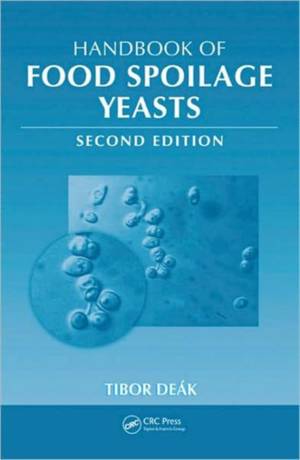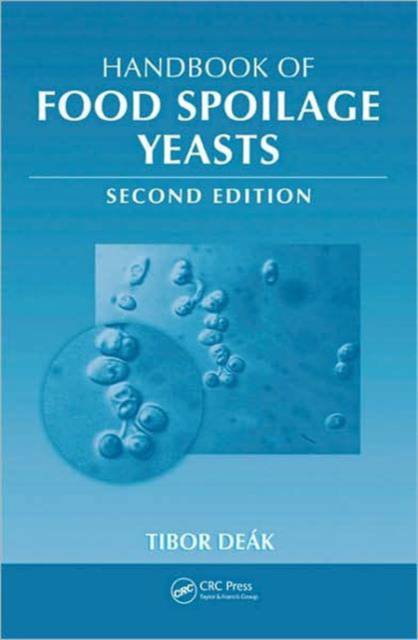
- Afhalen na 1 uur in een winkel met voorraad
- Gratis thuislevering in België vanaf € 30
- Ruim aanbod met 7 miljoen producten
- Afhalen na 1 uur in een winkel met voorraad
- Gratis thuislevering in België vanaf € 30
- Ruim aanbod met 7 miljoen producten
Zoeken
€ 297,45
+ 594 punten
Omschrijving
Far more than a simple update and revision, the Handbook of Food Spoilage Yeasts, Second Edition extends and restructures its scope and content to include important advances in the knowledge of microbial ecology, molecular biology, metabolic activity, and strategy for the prohibition and elimination of food borne yeasts. The author incorporates new insights in taxonomy and phylogeny, detection and identification, and the physiological and genetic background of yeast stress responses, and introduces novel and improved processing, packaging, and storage technologies. Including 30 new tables, 40 new figures, 20 percent more species, and more than 2000 references, this second edition provides an unparalleled overview of spoilage yeasts, delivering comprehensive coverage of the biodiversity and ecology of yeasts in a wide variety food types and commodities. Beginning with photographic examples of morphological and phenotypic characteristics, the book considers changes in taxonomy and outlines ecological factors with new sections on biofilms and interactions. It examines the yeast lifecycle, emphasizing kinetics and predictive modeling as well as stress responses; describes the regulation of metabolic activities; and looks at traditional and alternative methods for the inhibition and inactivation of yeasts. The book introduces molecular techniques for identification, enumeration, and detection and points to future developments in these areas. An entirely new chapter explores novel industrial applications of yeasts in food fermentation and biotechnology. Providing a practical guide to understanding the ecological factors governing the activities of food borne yeasts, Handbook of Food Spoilage Yeasts, Second Edition lays the foundation for improved processing technologies and more effective preservation and fermentation of food and beverage products.
Specificaties
Betrokkenen
- Auteur(s):
- Uitgeverij:
Inhoud
- Aantal bladzijden:
- 348
- Taal:
- Engels
- Reeks:
Eigenschappen
- Productcode (EAN):
- 9781420044935
- Verschijningsdatum:
- 16/11/2007
- Uitvoering:
- Hardcover
- Formaat:
- Genaaid
- Afmetingen:
- 187 mm x 256 mm
- Gewicht:
- 757 g

Alleen bij Standaard Boekhandel
+ 594 punten op je klantenkaart van Standaard Boekhandel
Beoordelingen
We publiceren alleen reviews die voldoen aan de voorwaarden voor reviews. Bekijk onze voorwaarden voor reviews.











